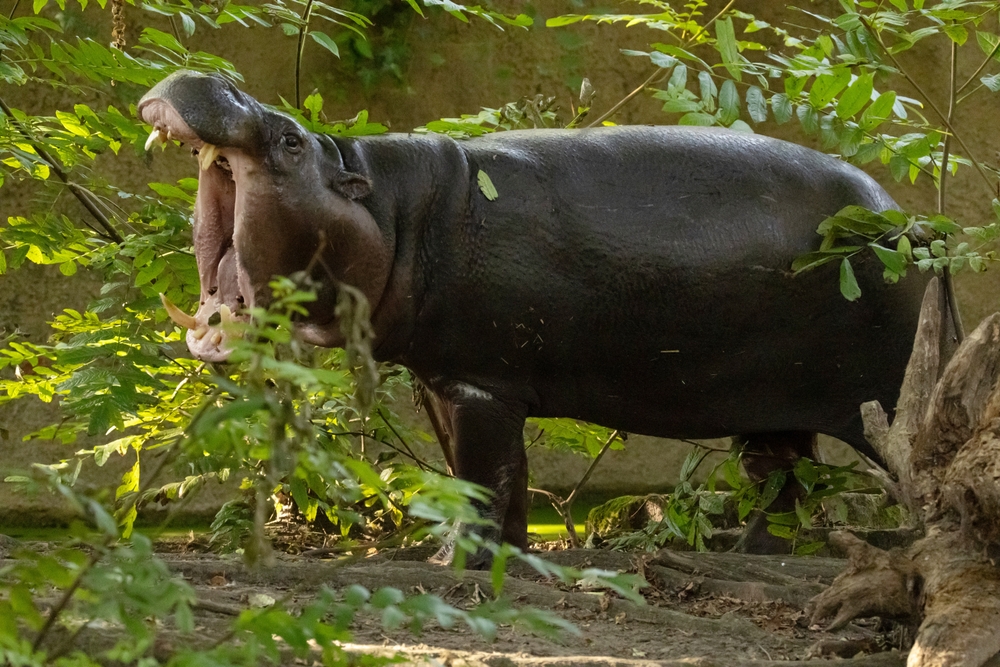Liberia, located on the West African coast, is home to a variety of ecosystems, from lush tropical rainforests to coastal mangroves, making it a biodiversity hotspot. The country’s national parks are vital for preserving its natural heritage and supporting global conservation efforts. Among Liberia’s officially recognized national parks, Sapo National Park, and Lofa-Mano National Park stand out for their ecological importance and role in conservation.
Sapo National Park, Liberia’s first and largest national park, is a pristine rainforest that covers approximately 1,804 square kilometers (696 square miles). Located in the southeastern region, it is home to a diverse range of species, including the critically endangered pygmy hippopotamus, forest elephants, and western chimpanzees. The park’s dense canopy also supports rare bird species and countless plants. Despite its rich biodiversity, Sapo faces challenges such as illegal mining, poaching, and encroachment. However, conservation initiatives involving local communities and international organizations have made progress in addressing these threats through anti-poaching patrols and environmental education programs.
Lake Piso as a nature reserve, situated along Liberia’s coastline, is a blend of mangroves, wetlands, and lagoons. This unique marine and terrestrial ecosystem provides critical habitats for migratory birds, sea turtles, and aquatic species. The park also supports local fishing communities, making it an important site for both conservation and livelihoods. Overfishing and habitat degradation are pressing issues, but recent efforts have focused on sustainable fishing practices and community-based conservation projects to balance ecological preservation with economic needs.
Lofa-Mano National Park, located near the border with Sierra Leone, is part of the larger Gola Transboundary Peace Park. This rainforest is a sanctuary for endangered species such as the western chimpanzee and the African grey parrot. Its role as a carbon sink and water catchment area underscores its ecological significance. While logging and hunting have historically posed threats, collaborative initiatives between Liberia and Sierra Leone have strengthened cross-border conservation efforts. The park’s eco-tourism potential is also being explored as a way to generate sustainable income for nearby communities.
Liberia’s national parks face numerous challenges, including deforestation, poaching, and limited resources for effective management. However, there have been notable successes, particularly through partnerships with local communities and international organizations. Conservation programs that emphasize sustainable livelihoods, anti-poaching measures, and habitat restoration are gradually improving the state of these protected areas.
The national parks of Liberia are critical for preserving the country’s rich biodiversity and supporting global conservation goals. They offer opportunities for eco-tourism and sustainable development while highlighting the importance of protecting natural ecosystems. With continued efforts and collaboration, Liberia’s national parks can remain vital sanctuaries for wildlife and future generations.

















































































